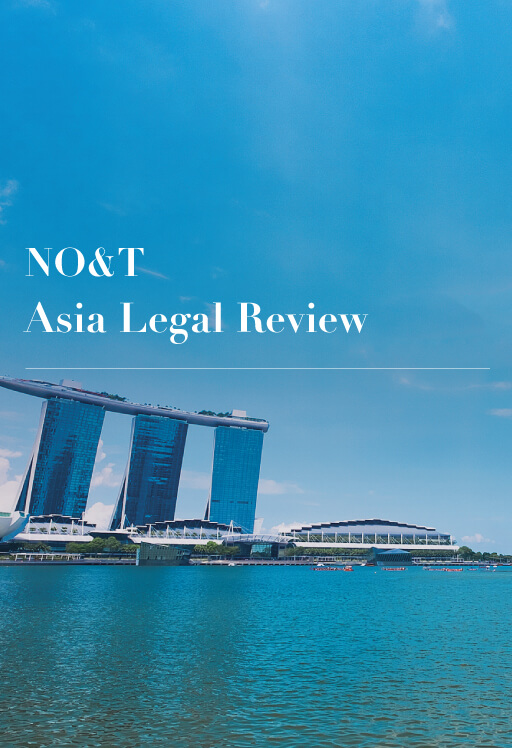
NO&T Asia Legal Review
In a recent decision dated 25 November 2022, the Singapore Court of Appeal in Senda International Capital Ltd v Kiri Industries Ltd [2022] SGCA(I) 10 (“Senda”) set out clear guiding principles for the assessment of legal costs in the Singapore International Commercial Court (“SICC”).
In Senda, the Court of Appeal set out, for the first time, its opinion on how “reasonable costs” in the context of assessment of costs in the SICC should be interpreted, and how the SICC should go about in its assessment of reasonable costs.
The dispute in Senda concerned a minority oppression claim. The appellant and respondent had been joint venture partners in a venture for the acquisition of a leading dye and chemical manufacturing company. The relationship between the two joint venture partners soured after the appellant became the majority shareholder in the joint venture company, as (among other things) the appellant caused the target company to enter into transactions which were commercially unfair to the respondent.
The respondent thus commenced a minority oppression claim in the High Court, which was subsequently transferred to the SICC. It was heard in two tranches: one to determine the appellant’s liability for minority oppression (the “Liability Tranche”), and one to determine the proper valuation of the respondent’s shareholding for the purposes of a buyout (the “Quantum Tranche”). The SICC ruled in favour of the respondent in the Liability Tranche, issuing a share buyout order against the appellant and ordering that the respondent be awarded “full costs”, to be taxed if not agreed.
Following the conclusion of the Quantum Tranche, the SICC ordered costs submissions from both parties, and subsequently handed down its decision on costs (the “Costs Judgment”). The key findings in the Costs Judgment which are relevant to the appeal in Senda are as follows:
1. In assessing the respondent’s costs incurred subsequent to the transfer to the SICC (“post-transfer costs”), the SICC considered the guidelines set out in Order 110 Rule 46(1) of the ROC 2014 for “reasonable costs” to be awarded.
2. The SICC concluded that “reasonable costs” meant all costs that had been “sensibly and reasonably incurred”, and that costs incurred in arguing matters that were doomed to fail and/or meant to oppress the other party would not be considered reasonable. In this respect, the SICC drew a comparison to the assessment of costs in the High Court under Order 59 Rule 20 of the ROC 2014, which uses the phrase “costs … reasonably incurred or … reasonable in amount”. The SICC noted that the use of the word “reasonable” twice in order 59 for costs in the High Court, as opposed to just once in Order 110 for costs in the SICC, suggested that costs assessed in the High Court would undergo two levels of “attenuation” (that is, the reduction of the costs claimed on the basis of reasonableness) and that costs assessed in the SICC would only undergo one level of “attenuation”. This, the SICC said, would explain why costs awarded by the SICC were generally higher than those awarded by the High Court.
3. The SICC further noted that the respondent had unreasonably pursued an issue concerning account of profits in the Quantum Phase for which it was not inclined to award costs. However, as the respondent had not provided an issue-by-issue breakdown of its costs, the SICC was forced to assess the appropriate deduction for this issue by considering how much more the respondent would have received in the valuation had it succeeded on the account of profits issue, and then deducting that percentage from the overall costs claim submitted by the respondent in its costs submissions.
The appellant subsequently appealed against the Costs Judgment, raising the following issues to be resolved on appeal:
1. What should be the proper interpretation of “reasonable costs” under Order 110 Rule 46 of the ROC 2014?
2. How should such “reasonable costs” be assessed?
3. Taking into account the above, did the SICC err in its assessment of the post-transfer costs?
The Court of Appeal, in its judgement, for the first time, provided clarity on the interpretation of “reasonable costs” in relation to the SICC specifically, and how the considerations and procedure for assessing “reasonable costs” would differ from the costs assessment exercise conducted before the High Court.
Interpretation of “reasonable costs”
The Court of Appeal was clear that the way “reasonable costs” are assessed in the High Court and in the SICC are “fundamentally distinct”. The two regimes are not related to each other in a way which would allow the costs claimable under each regime to be meaningfully compared with each other. This is because, among other things, the policy consideration of access to justice, which is relevant for costs in the High Court, is in the SICC superseded by the commercial consideration of ensuring that a successful litigant is not left out of pocket.
Thus, while the costs before the High Court are to be assessed according to the objective consideration of what the successful party ought to be able to recover, costs before the SICC are to be assessed according to the subjective consideration of what level of costs the successful party has in fact reasonably occurred. In practice, this is likely to lead to costs in the SICC being higher than those awarded in the High Court, but the Court of Appeal was of the view that this was simply a consequence of the two regimes utilising different bases for assessment. The Court of Appeal thus rejected the ‘double attenuation’ explanation that had been adopted by the High Court.
The Court of Appeal further stressed that in the assessment of “reasonable costs”, there are two inseparable aspects of the inquiry: (1) whether the costs were reasonably incurred, and (2) whether they are in a reasonable amount. What is important is to conduct a holistic inquiry into whether the overall expense incurred by the litigant is reasonable in all the circumstances.
The Court of Appeal further pointed to the list of factors set out in paragraph 152(3) of the SICC Practice Directions, which would guide the inquiry on assessing reasonable costs. This list suggests that the SICC may consider, among others, the conduct of the parties, the complexity of the subject-matter, and the time and effort expended on the proceedings.
Burden of proof for the assessment of “reasonable costs”
The Court of Appeal also laid down clear guidance on where the burden of proof rests when it comes to the assessment of reasonable costs. The Court of Appeal noted that the successful party, who seeks to persuade the court that it is entitled to the costs it claims, must bear the burden of proof in showing that the costs they claim are in fact “reasonable costs”. In doing this, they must provide sufficient information of its incurred costs as well as a breakdown of said costs, including: (1) a breakdown of the claimed costs, in terms of number of hours claimed; (2) information on who those hours are incurred by, including their levels of seniority and hourly rates; and (3) an explanation as to the types of work the costs have been claimed for. The Court of Appeal also echoed observations from earlier judgments that it would be helpful to have a breakdown of the claimed costs into stages, showing the amount of costs claimed for each phase of the proceedings.
Only once the successful party has provided sufficient evidence to show that their costs are reasonable costs, does the burden of proof shift to the opposing party to provide evidence showing why the costs are not, in fact, reasonable. While determining this will be largely dependent on the unique facts of each case, the Court of Appeal noted that one way to show costs are unreasonable would be for the opposing counsel to provide information on how much they themselves had incurred as costs in the proceedings, to provide the SICC with a way to determine what the appropriate level of costs would be.
In determining what should be considered a reasonable level of costs, the Court of Appeal noted that reliance on previous costs judgments handed down by the SICC could serve, at best, as a check on whether the costs claimed in the instant case were reasonable. However, as the costs assessment exercise is ultimately a subjective one, amounts awarded in previous cases cannot be used as a benchmark for what would be an appropriate amount of costs in the instant case.
The Court of Appeal’s decision in Senda serves as an important contribution to the small, but growing, pool of jurisprudence providing insight into the way the SICC assesses party-and-party costs. As the assessment of costs before the SICC expressly does not use the guidelines in Appendix G as a benchmark, such clear guidance from the Court of Appeal is welcome as it sheds light on how costs between parties will be assessed in the international disputes that come to the SICC to be decided.
This newsletter is given as general information for reference purposes only and therefore does not constitute our firm’s legal advice. Any opinion stated in this newsletter is a personal view of the author(s) and not our firm’s official view. For any specific matter or legal issue, please do not rely on this newsletter but make sure to consult a legal adviser. We would be delighted to answer your questions, if any.


Justin Ee, Kennosuke Muro (Co-author)
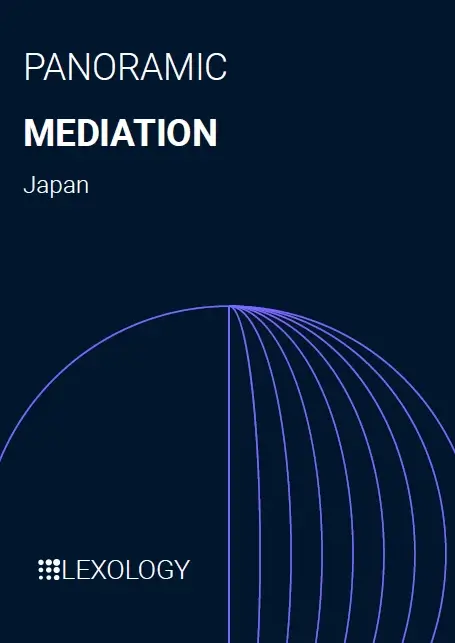

(July 2025)
Junichi Ikeda, Tomohiko Nabeshima, Akiko Inoue (Co-author)
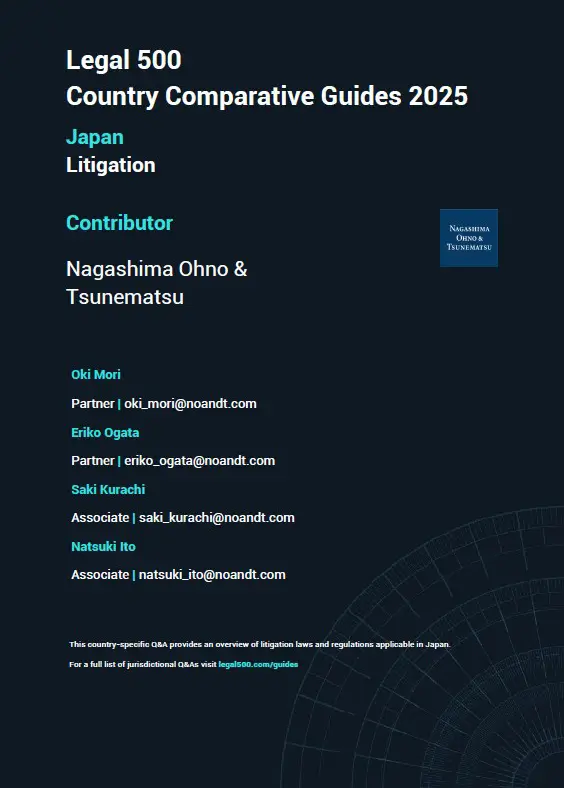

(July 2025)
Oki Mori, Eriko Ogata, Saki Kurachi, Natsuki Ito (Co-author)
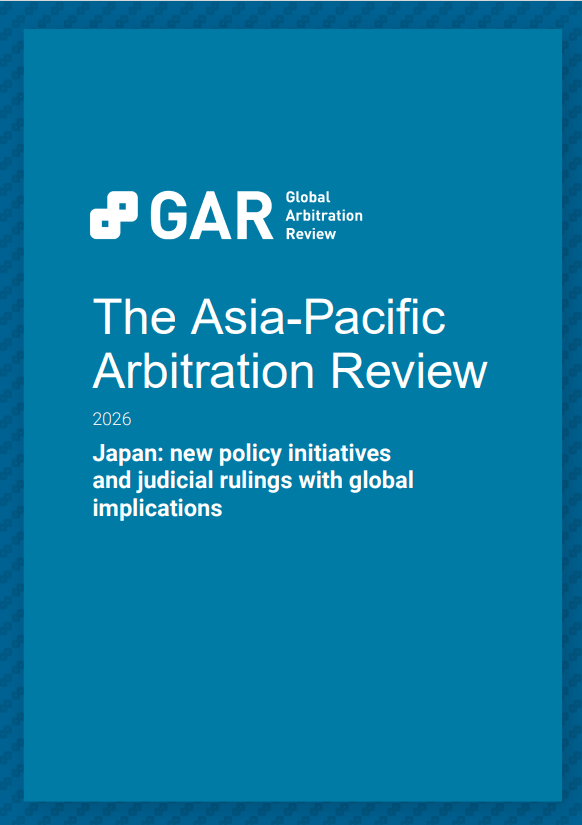

(May 2025)
Yoshimi Ohara, Shota Toda, Annia Hsu (Co-author)


Justin Ee, Kennosuke Muro (Co-author)


(July 2025)
Junichi Ikeda, Tomohiko Nabeshima, Akiko Inoue (Co-author)


(July 2025)
Oki Mori, Eriko Ogata, Saki Kurachi, Natsuki Ito (Co-author)
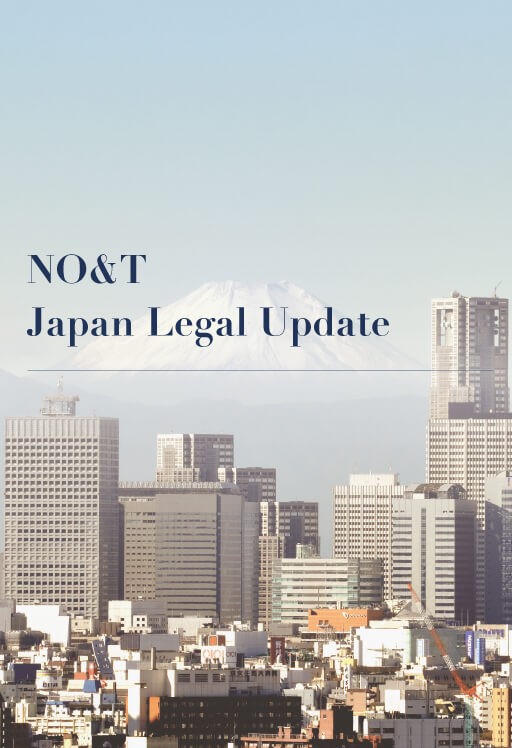

Hiroki Tajima


Justin Ee, Kennosuke Muro (Co-author)


Patricia O. Ko


Ngoc Hoang


Yuan Yao Lee


Justin Ee, Kennosuke Muro (Co-author)


Patricia O. Ko


Ngoc Hoang


Yuan Yao Lee


Justin Ee, Kennosuke Muro (Co-author)


Kara Quek, Kennosuke Muro (Co-author)


Annia Hsu, Kennosuke Muro (Co-author)


Claire Chong, Kennosuke Muro (Co-author)